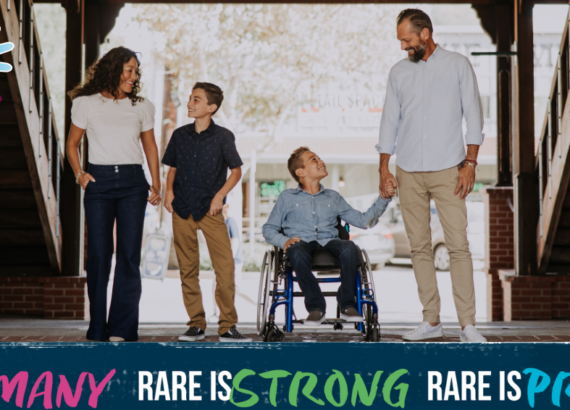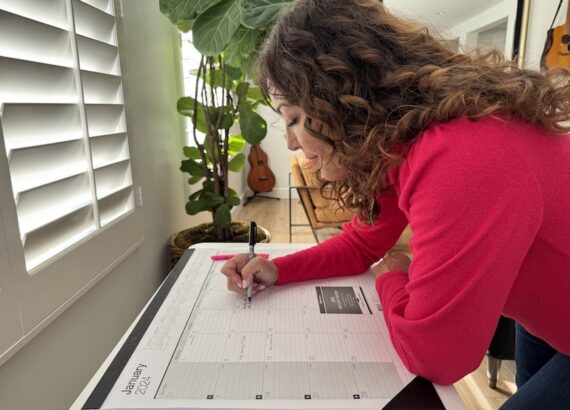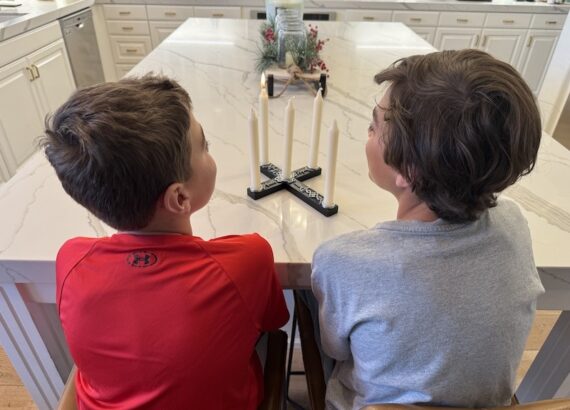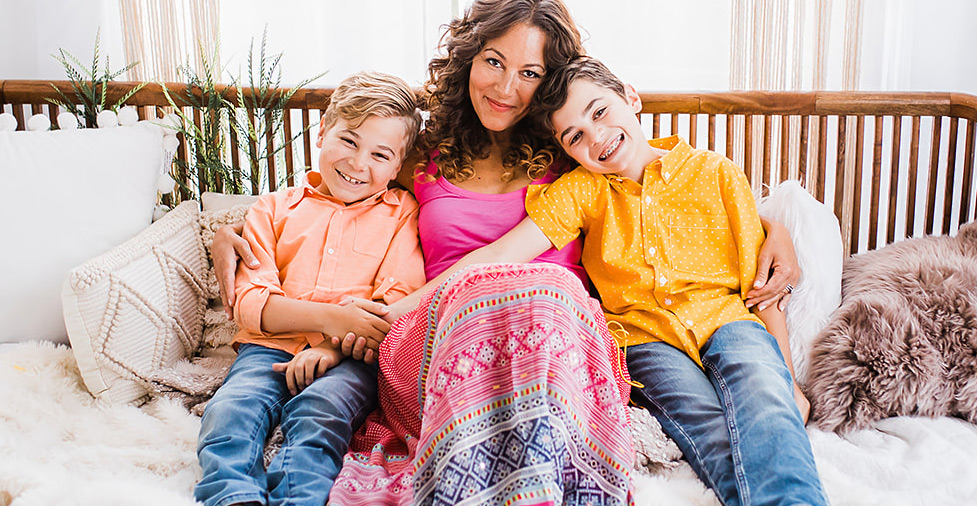EP04 – Best Case Scenarios with Special Education Community Advisory Committee Chair & Rare Mom Rachel Niemeyer-Sutherland
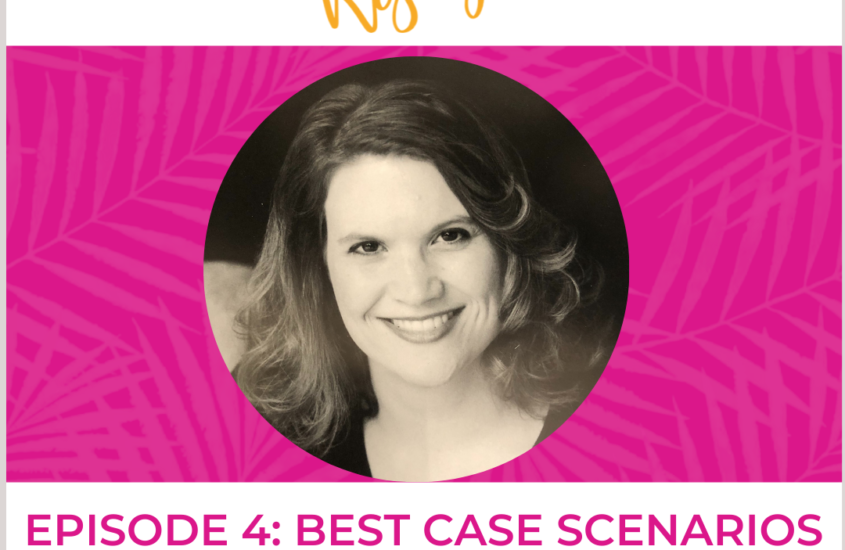
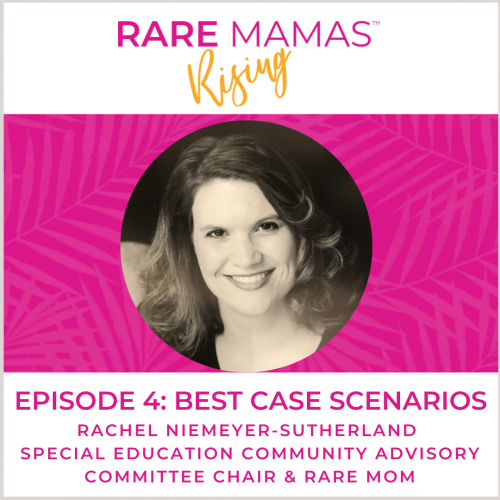
Rachel-Niemeyer-Sutherland is a talented opera singer with an extensive performing career. When Rachel’s daughter Sophia was diagnosed with Anophthalmia, the absence of a fully formed eye in her right eye, and Microphthalmia or small eye in her left, Rachel left her performing career to care for Sophia. At the age of seven, Sophia received the genetic diagnosis of RARB, a gene alteration in her Retinoic Acid Receptor Beta gene. At that time, Sophia was the only known person in the world with her specific mutation. Since then, Rachel has learned how to work with both researchers and other rare parents to advance treatment options. Rachel is also the chair of one of California’s largest school district’s Special Education Community Advisory Committees. In this episode, Rachel offers up how she navigated an ultra-rare diagnosis, ways to work with researchers, tips for collaborating with special education administrators, and how she’s learned to focus on best-case scenarios.
Episode Highlights
Can you tell me about Sophia?
At two days old, I was told Sophia was blind and that her cognitive and motor functions would be limited. A few weeks later, it was confirmed that she had sight in one eye. A year later, we received a cerebral palsy diagnosis and eventually she was diagnosed with RARB. Sophia is now 13 years old, rides a horse, and walks with assistance.
Any advice about how to keep pushing for answers?
Journal and keep notes and data to give to doctors. Try your best to learn to speak the doctor’s language and learn as much as you can about your child’s diagnosis.
How do you move forward with a diagnosis where there aren’t a lot of other known cases?
The first thing I did was research. The next thing I did was widen my network to potentially find other patients. I looked at papers published and connected with the authors. I posted on Facebook about Sophia’s RARB diagnosis and my network continued to grow. When you begin connecting with others, share information and knowledge to refine the possibilities.
What have you learned about how to work with researchers?
I learned about the National Institutes of Health (NIH), learned how to submit to clinical trials, how to do research, and about repurposed medications. Global Genes was a huge resource, and they have a Rare Patient Advocacy Summit each year that is very helpful. In addition, I take notes and share them with researchers and doctors as giving them specifics is critical.
What is your role in your school district’s Special Education Community Advisory Committee?
The Community Advisory Committee is made up of parents, educators, and community members who work collaboratively to improve programs, services, and communications for students with special needs. We discuss concerns, identify how to support parents, and advise the district and educational specialists.
What are some learnings for navigating special education?
Create a document that tells everything about your child and share this information. Go to your school district and ask for the organization that serves as the liaison between special education administration and parents and plug into that organization. Build a relationship with your child’s case carrier.
What advice do you have for mothers who have a child with a newly diagnosed rare disease?
Breathe and realize that a diagnosis is a starting place. It’s essential to have hope because you don’t know what your child will be capable of. It’s important to assess parameters and know the worst-case scenario, but always ask for the best-case scenario. Knowledge is power and will help you navigate through. No matter how bleak the situation, realize the possibilities. Never give up.
